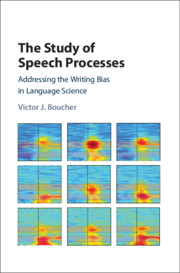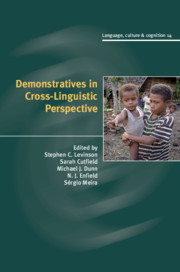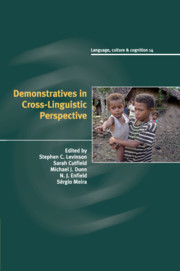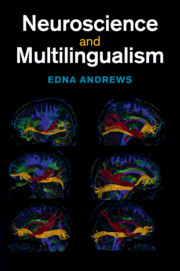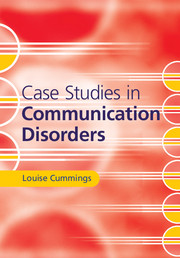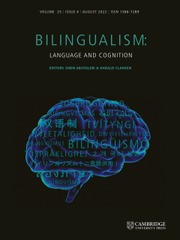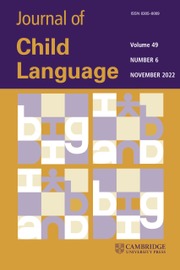The Study of Speech Processes
There has been a longstanding bias in the study of spoken language towards using writing to analyse speech. This approach is problematic in that it assumes language to be derived from an autonomous mental capacity to assemble words into sentences, while failing to acknowledge culture-specific ideas linked to writing. Words and sentences are writing constructs that hardly capture the sound-making actions involved in spoken language. This book brings to light research that has long revealed structures present in all languages but which do not match the writing-induced concepts of traditional linguistic analysis. It demonstrates that language processes are not physiologically autonomous, and that speech structures are structures of spoken language. It then illustrates how speech acts can be studied using instrumental records, and how multisensory experiences in semantic memory couple to these acts, offering a biologically-grounded understanding of how spoken language conveys meaning and why it develops only in humans.
- Provides a historical perspective on transcript use and explains why a writing bias has persisted in language research
- Argues for why we should address the writing bias in language research
- Illustrates how speech acts can be studied using instrumental records, how motor-sensory coupling operates, and how a coupling of multisensory information to structures of utterances can underlie a semantic memory of verbal forms.
Product details
January 2021Hardback
9781107185036
280 pages
235 × 158 × 24 mm
0.6kg
Available
Table of Contents
- Part I. Questions of Ontology: Writing and the Speech-Language Divide
- 1. How we are Introduced to the Study of Spoken Language
- 2. The Modality-Independence Argument and Storylines of the Origin of Symbolic Language
- 3. The Recent History of Attempts to Ground Orthographic Concepts of Language Theory
- Part II. Questions of Epistemology: The Role of Instrumental Observations
- 4. Recognizing the Bias
- 5. (Re-) Defining the Writing Bias, and the Essential Role of Instrumental Invalidation
- Part III. The Structure of Speech Acts:
- 6. Utterances as Communicative Acts
- 7. Relating to Basic Units: Syllable-Like Cycles
- 8. Relating Neural Oscillations to Syllable Cycles and Chunks
- 9. Breath-Units of Speech and their Structural Effects
- Part IV. The Processing of Speech Meaning:
- 10. The Neural Coding of Semantics
- 11. Processes of Utterance Interpretation: For a Neuropragmatics
- Index.

